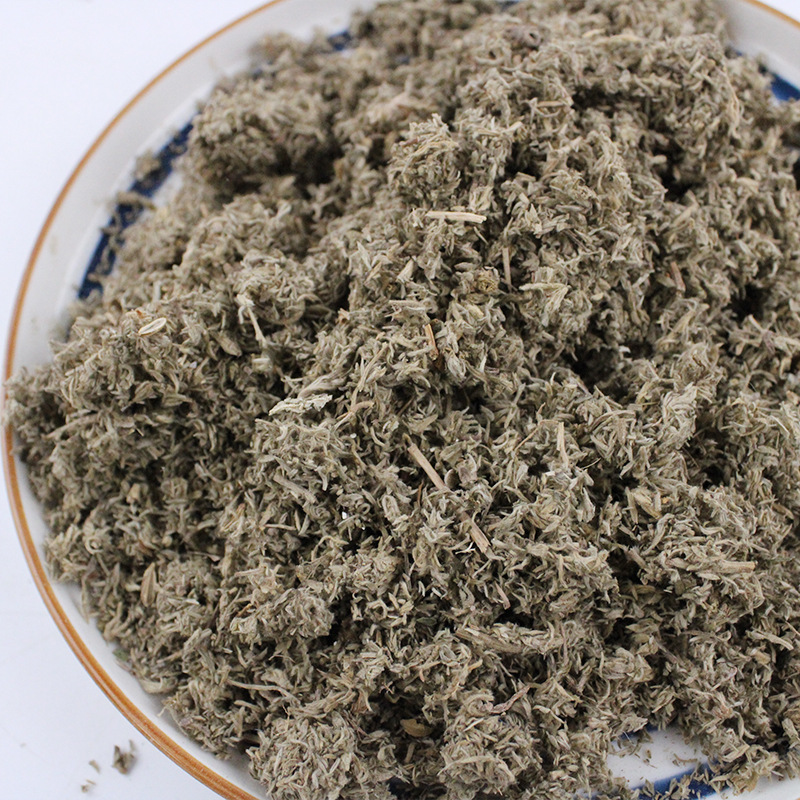Tarragon is a perennial herb known for its narrow, aromatic leaves. There are two primary varieties of tarragon: French tarragon (Artemisia dracunculus var. sativa) and Russian tarragon (Artemisia dracunculus var. inodora). French tarragon is the more widely used culinary variety due to its superior flavor, while Russian tarragon is often considered less flavorful and is sometimes used as an ornamental plant.

Here are some key points about tarragon leaves:
1.Flavor Profile: French tarragon has a distinctively sweet and anise-like flavor. It adds a unique and delicate taste to dishes. Russian tarragon is less aromatic and has a milder flavor.
2.Culinary Uses: Tarragon is a popular herb in French cuisine, especially in classic sauces like Béarnaise and in dishes featuring chicken, fish, and eggs. It pairs well with vegetables, salads, and is often used in vinegar to make tarragon vinegar.
3.Fresh vs. Dried: While fresh tarragon leaves are preferred for their vibrant flavor, dried tarragon can be used when the fresh herb is not available. However, the dried version tends to have a milder taste.
4.Health Benefits: Tarragon has been traditionally used for its potential health benefits. It contains certain compounds that may have antioxidant and anti-inflammatory properties.
5.Growing Tarragon: Tarragon is relatively easy to grow and can be cultivated in gardens or pots. It prefers well-drained soil and partial sunlight. French tarragon is usually propagated through cuttings, as it does not produce viable seeds.
6.Other Varieties: Besides French and Russian tarragon, there are other types of tarragon, including Mexican tarragon (Tagetes lucida), which has a similar flavor and is used in Mexican and Central American cuisines.
7.Freezing Tarragon: Tarragon can be preserved by freezing. Freezing helps retain the herb's flavor, and frozen tarragon can be used in cooking directly from the freezer.
Tarragon is known for its aromatic and flavorful leaves, and it's an excellent addition to a variety of culinary creations. It's best to add tarragon towards the end of the cooking process to preserve its delicate flavor.